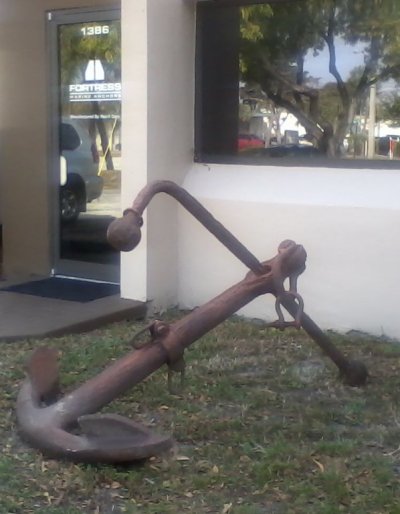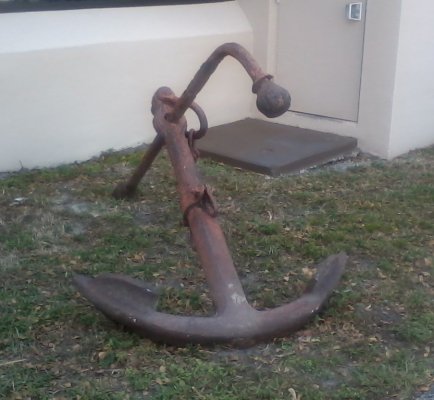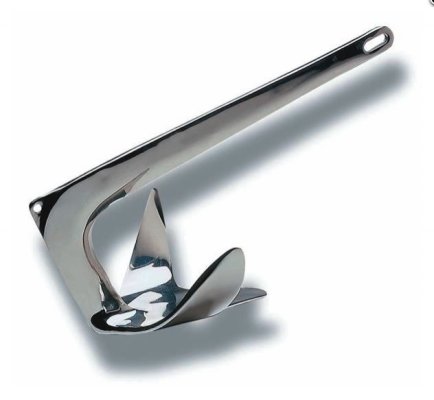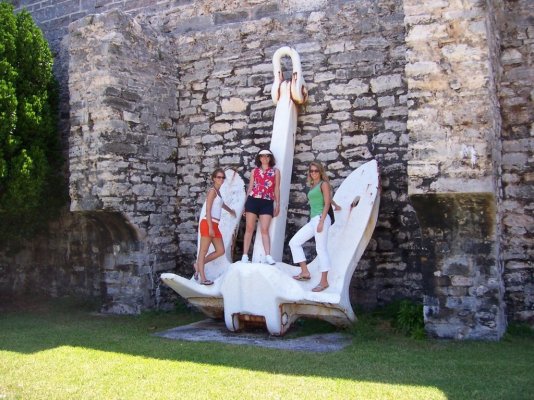Marin wrote:
2bucks wrote:
1.* So you didn't document when it was, "Last winter (or possibly the winter before, I don't remember the date)".
2.* And*by knowing about the wind behaving differently in certain areas, then you agree that they can be predicted and avoided. You did say that it was "common" and that Jeff Renner told you about it in advance.
*
1.* I didn't document it because that's not my job.* It is presumably in the data at the Bellingham Cold Storage weather station and since it was blowing hard there it was undoubtedly blowing hard up the airport only a few miles away so I suspect the weather weenies have a record of it too.
2.* The fact that it CAN blow at different speeds through the islands and DOES blow at* different speeds though the islands is a lot different than knowing exactly HOW HARD it will blow in any given place and WHERE all the different* speeds will be.* In oher words, the winds down amongst the islands are unpredictable, which is what Renner said.* Now what part of the word "unpredictable" do you not understand so I can help you out?
If it was predictable, they'd tell us what the wind will be in Thatcher Pass and Lopez Pass and Upright Channel and Obstruction Pass and around Prevost Island and down through Montegue.* But they don't.* Why?* Because it's totally unpredictable (sorry, there's that big word again).* They can forecast the basic wind speed for the whole area, but not what it will be down in the individual passes and bays.
And since factors like water temperature, land mass temperature, air temperature, humidity and pressure all affect wind speeds and direction, it can't even be accurately guessed at what it will blow in all these places.** So you can say, it's usually real windy and rough in Lopez Pass under such-and-such conditions, and then one day under those conditions you assume it will be real windy and rough and you get there to find that Lopez Pass is almost dead calm.* Or the other way round.* This has happened to us countless times all through the islands.* I realize it's a hard concept to grasp, unpredictability, but that's what it is.
*
I never realized how absolutely foolhardy and dangerous it was to cruise the islands. For 32 years I've been cruising between Olympia on the south end and the Broughtons on the north, and never knew that. I'd always used the general forcast to get a general idea of what winds to expect.
Your post seems to indicate that even if it's calm with a light breeze in one area, there may be hurricane force wind in another a mile away because the wind is, what's the phrase again? Oh yes, it's "Because it's totally unpredictable"
I wonder why the newscasts do that. They give a forcast of "5-15 mph winds from the south"*for an area and they know perfectly well that "water temperature, land mass temperature, air temperature, humidity and pressure" will affect the wind and that it won't be even remotely accurate. Hmmmm.......*
And one more thing, thanks for explaining those big words for me.




